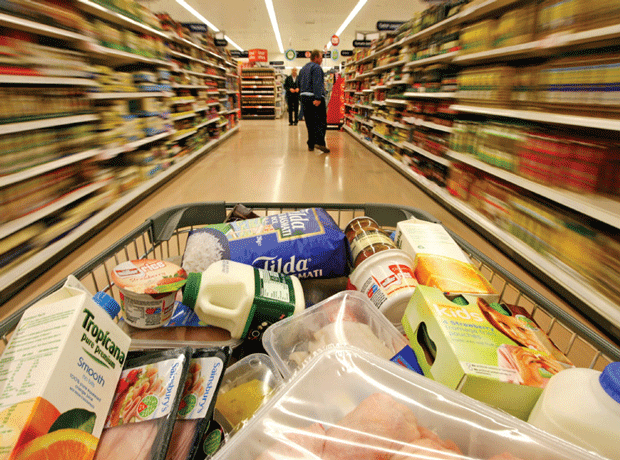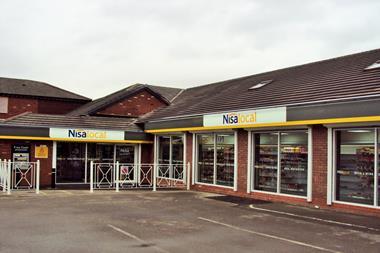Price deflation is the “number one problem” facing the grocery industry today, according to IGD’s chief economist James Walton.
Speaking at last week’s IGD Convenience Summit, Walton said that, while the UK’s economic situation is looking more positive, a number of downside risks and structural challenges remain.
“The average cost of living fell last year, for the first time since the data started in 1989,” explained Walton. “This has been driven by price falls in grocery, fuel and utilities – in food and drink, there have been 10 consecutive months of reductions.”
Walton warned that deflation has complex and potentially damaging effects as brand values are undermined, consumers retain cash in the bank, loans are harder to pay off, price promotions are less effective and volume becomes the vehicle for growth.
He continued: “With wages going up at the same time, there is a renewal of margin pressure, although lower fuel prices mean that shoppers are benefiting from an ‘energy dividend’. A motorist who drives 1,000 miles a month is paying £17 less for fuel than last year - our challenge is to make sure that is spent on food and drink.”
Walton pointed out that food and drink volume sales are rising, but this is being driven by population growth, with per capita volume growth flat or even in slight decline.
“We are expecting both growth and a return to inflation in the next few years, but we are expecting only a weak recovery of household incomes, so growth will only be moderate by historical standards,” he explained.
Walton also said that the UK convenience sector achieved sales of £37.7bn in the year to April 2015, out of a total grocery market worth £177.5bn.
“Convenience has been in the UK since the early 1980s so there are signs of maturity, but we still expect it to grow from £38bn to £44bn over the next five years, driven by lifestyle changes,” he added.


















2 Readers' comments